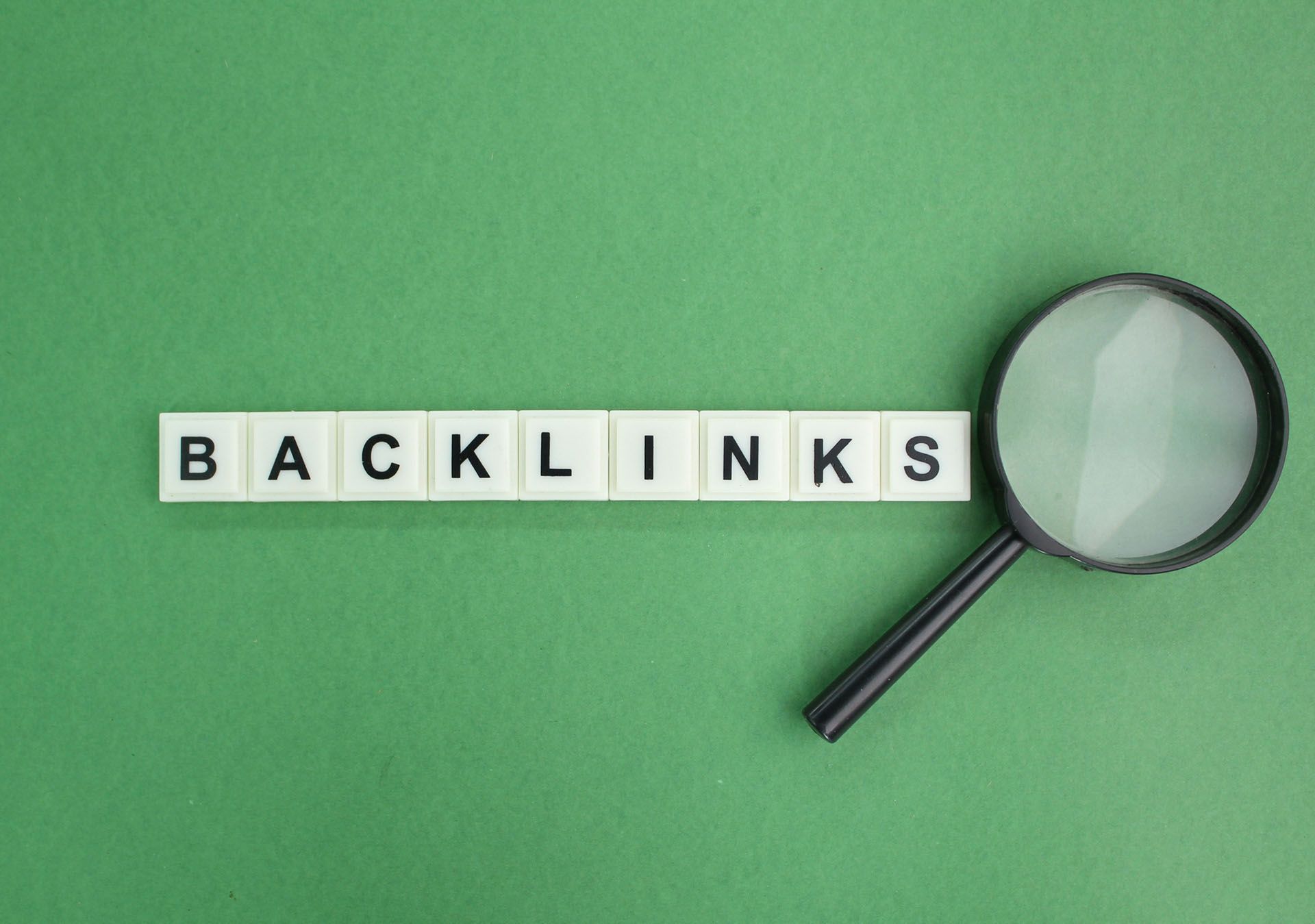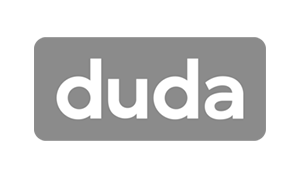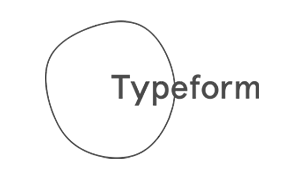Crown Street, Wollongong, 2500
A Guide to 301 Redirects: What They Are, When to Use Them, and Why They Matter in a Website Redesign
Editor's note: Updated for 2025
If you’ve ever clicked on a broken link and landed on a “404 Page Not Found” error, you’ve experienced what happens when pages move or disappear without a proper redirect. It usually appears when a webpage has been moved, renamed, or deleted without the proper instructions for search engines or users.
During a website redesign or restructure, that risk increases—and that’s where 301 redirects come in.
This guide breaks down everything you need to know about 301 redirects:
- What they are
- When to use them
- How they impact SEO
- Why they must be part of any website redesign
Why Your Website Needs More Than Just a New Look
A modern website isn’t just about pretty colours and nice fonts—it’s about performance.
At Love My Online Marketing, we focus on strategy-driven website redesigns. That includes:
- Clean, mobile-first design
- High-converting SEO copywriting
- Fully mapped and optimised URL structure
- Smart use of 301 redirects to preserve SEO rankings
If your current website is being rebuilt, restructured, or migrated to a new domain, 301 redirects are essential for a smooth transition that protects your Google rankings and backlink authority.
What Is a 301 Redirect?
A 301 redirect is a permanent directive that tells browsers and search engines that a webpage has moved to a new URL. When a visitor clicks the old link, the redirect takes them to the updated address automatically.
Think of it like mail redirection—when you move house, your mail is forwarded to your new address. In this case, your visitors (and search engine bots) are forwarded to the right webpage without any confusion.
301 is just one of several HTTP status codes. Others you might know include:
- 404 – Not Found
- 403 – Forbidden
- 500 – Server Error
The 301 redirect is critical because it helps preserve your existing traffic, links, and SEO rankings during a website update.
When Are 301 Redirects Needed in a Redesign?
Here are five key situations where 301 redirects are necessary:
1. When Moving a Page to a New Address
This often happens during rebrands or URL restructuring. For example, if your site URL changes from:
https://www.website.com/oldpage
to
https://www.website.com/newpage
You need a 301 redirect to send users and bots to the correct new page.
Whether it’s a new name, layout, or updated content, 301 redirects preserve your search rankings.
2. When Deleting Pages
If you remove a page entirely, you have a few options:
- Redirect to a relevant page (recommended)
- Leave it as a 404
- Use a
410 (permanently gone) if it has no replacement
Leaving deleted pages without a redirect leads to lost SEO value and a poor user experience.
3. When Migrating to a New Domain
Businesses often change domain names, such as from a .com to a .com.au, to match a rebrand.
In these cases, all URLs from the old domain should permanently redirect to equivalent URLs on the new domain. To support the transition, use the Google Search Console "Change of Address" tool.
4. When Switching from HTTP to HTTPS
More than 50% of websites now use HTTPS. If you upgrade for security or SEO reasons, each HTTP URL must redirect to its secure HTTPS version. This keeps your site compliant, trusted, and indexed correctly by Google.
5. When Merging Two (or More) Domains
If you consolidate domains (for example, multiple country sites into one), you'll need 301 redirects to direct old URLs into a new structure—usually subdirectories. Google Search Console should be updated to reflect these changes at the country or folder level.
Redirects ensure users never hit a dead end, and they ensure Google retains and transfers ranking value from your old URLs to your new ones.
How 301 Redirects Protect Your SEO

Search engines rely on structure, relevance, and consistency. Every page you change or delete without redirects becomes a dead end in Google’s eyes.
A properly executed redirect strategy:
- Preserves PageRank and backlink authority
- Avoids loss of visibility from broken links
- Keeps the user experience seamless and trustworthy
- Supports long-term SEO health and growth
We don’t “redirect everything to the homepage.” That’s poor practice. Instead, we match old URLs to the most relevant equivalent content, page by page.
Common Mistakes to Avoid
If you’re redesigning your site (or working with someone who is), make sure these mistakes aren’t being made:
- Using temporary 302 redirects for permanent moves
- Sending all old URLs to the homepage
- Creating redirect “chains” that slow your site down
- Failing to plan redirects before launch
- Forgetting to test and track redirect performance
That’s why 301s aren’t a standalone fix—they’re one part of a holistic redesign strategy.
We Don’t “Just Do Redirects”—We Build Smarter Websites
At Love My Online Marketing, we don’t offer 301 redirects as a stand-alone service, because we believe they’re only effective when part of a bigger picture.
Our website redesigns are built to:
- Align with your brand and business goals
- Convert more visitors into enquiries or sales
- Be SEO-ready from day one
- Preserve and enhance your current rankings through technical best practices, including redirects
Common SEO Questions About 301 Redirects
Will using too many 301s hurt my rankings?
Not if they’re implemented correctly and used with relevance in mind. Google understands that redirects are necessary for maintaining a healthy site.
Can 301 redirects drop my search rankings?
If you redirect irrelevant content, they can stack multiple redirects (chains), or forget to redirect important pages altogether.
Do 301s pass 100% of SEO value?
Google has confirmed that most PageRank is passed via a 301, especially when the new page's content matches the original.
Should I redirect old pages to the homepage?
No. Redirecting all deleted or moved pages to the homepage breaks relevance and may result in a soft penalty. Redirect each page to the most closely related live page.
Why You Shouldn’t Treat Redirects as a DIY Fix
Redirects are not just technical tweaks—they’re strategic assets in your website’s overall SEO plan.
Redirecting everything to the homepage, skipping redirects, or creating multiple redirect hops can destroy the equity your site has built over time. If you’ve invested in great content and backlinking, you want to preserve that power.
Our Approach at Love My Online Marketing
Redirects are only effective when paired with a broader, strategic website redesign that includes:
- Updated URL structures
- SEO-optimised copywriting
- Clean, responsive, mobile-first design
- Technical SEO setup including HTTPS, speed, and crawl optimisation
During a redesign, we:
- Extract all existing URLs from your current site
- Identify which pages need redirecting
- Map each old URL to the most relevant new page
- Implement redirects cleanly and efficiently
- Test for errors, redirect chains, and SEO continuity
Final Thought
301 redirects are a critical part of any website redesign. When done correctly, they preserve your SEO, protect your visitors' experience, and keep your rankings intact.
When ignored, they can result in broken links, traffic drops, and lost authority—precisely what you want to avoid when launching a new website redesign.
Planning a Redesign? Let’s Get It Right
At Love My Online Marketing, our websites are built with:
- Smart, relevant 301 redirects
- Conversion-focused design
- SEO-driven structure and copy
- Ongoing strategic support for growth
If your site is out of date, hard to manage, or due for a brand refresh, we’re ready to help you do it the right way.

Love My Online Marketing has 10+ Years of working alongside businesses and helping them grow. Discuss your options for online success from website Design and Development through to Google Marketing.
Do you want more traffic and business leads?
Love My Online Marketing is determined to make a business grow. Our only question is, will it be yours?































